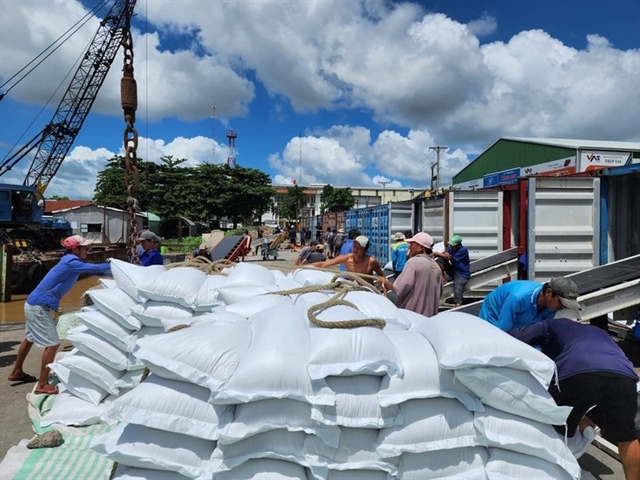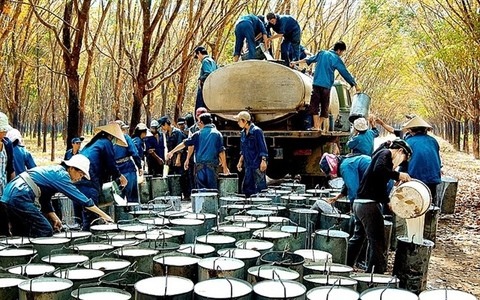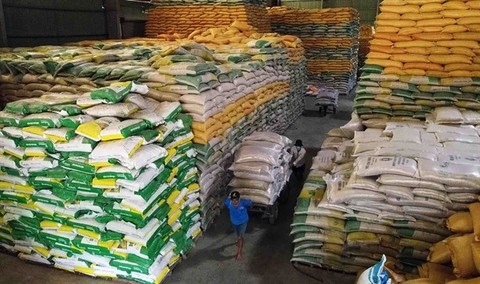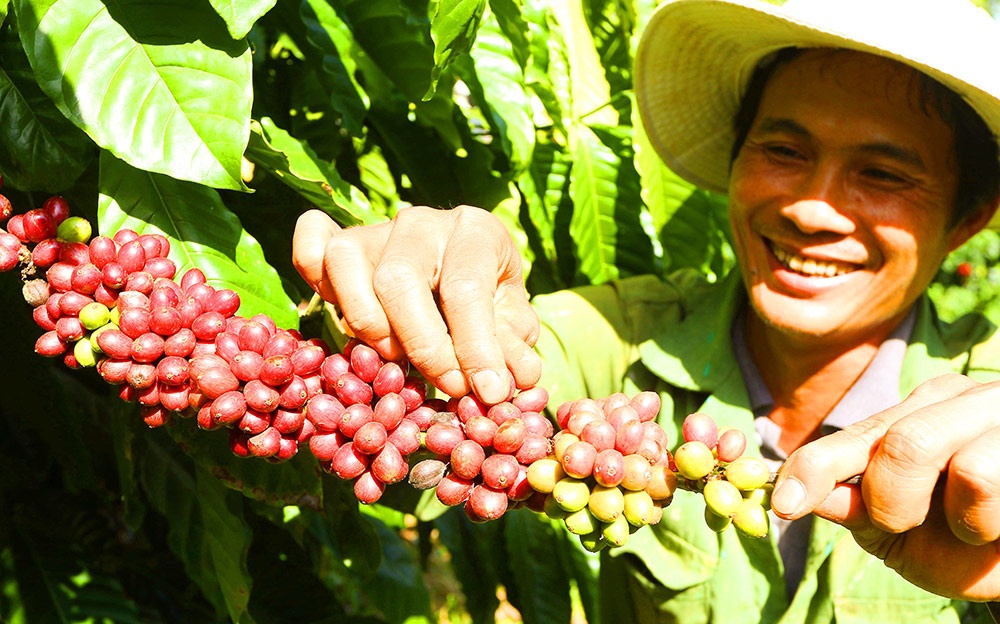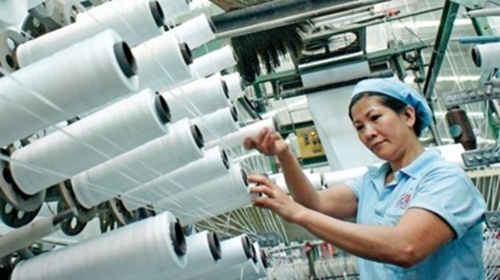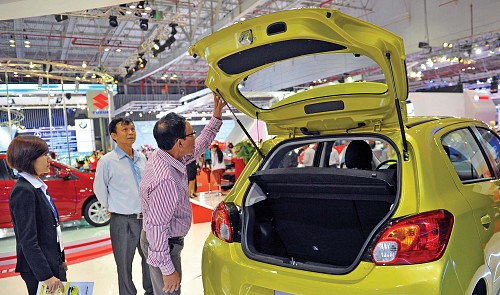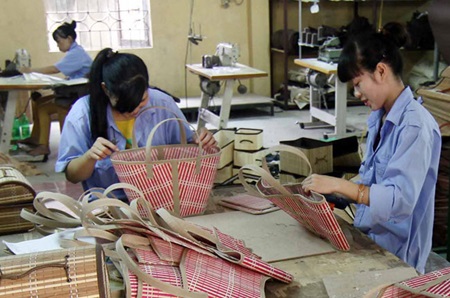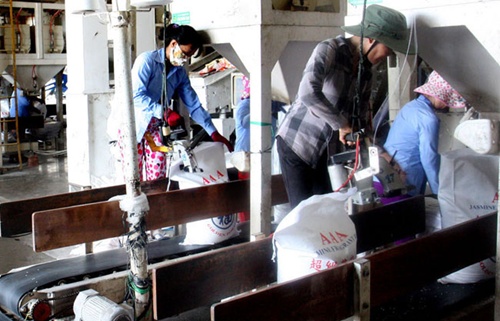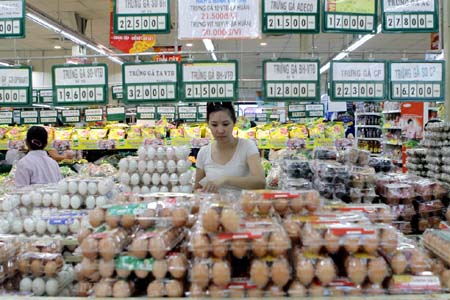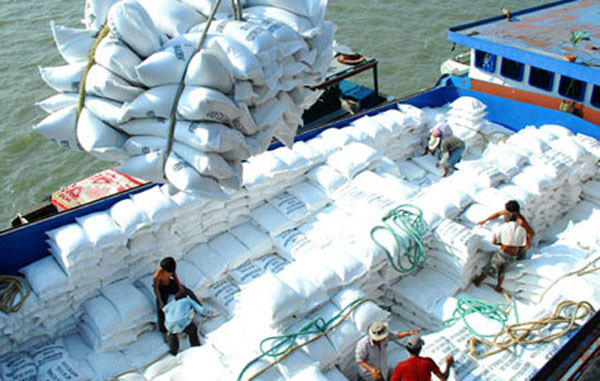Cocoa growth fails expectations
Cocoa growth fails expectations
Agricultural officials, farmers and business executives discussed the state of the cocoa industry and measures needed to further expansion at a seminar held in HCM City yesterday.
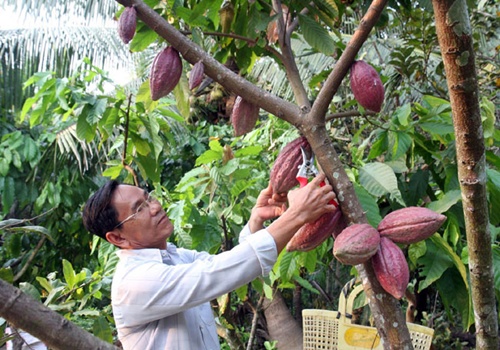
Dinh Hai Lam, cocoa development manager at Mars Incorporated, said the development of the cocoa industry had not reached expectations, and that its expansion had occurred mostly due to the support of non-government organisations (NGOs) and projects involved in eliminating hunger and reducing poverty.
In these projects, disadvantaged households are provided cocoa seedlings as well as technical assistance to plant trees. However, the households are often vulnerable to price fluctuations.
The country's cocoa cultivation area increased from 500ha in 2003 to 25,700ha in 2012. But in 2013, when the price for cocoa beans dropped, farmers chopped down trees, sharply reducing the cultivation area, he said.
Low productivity due to the planting of trees on less fertile soil and applying improper farming techniques had contributed to the slow progress of the industry.
A lack of linkages between businesses and farmers in cocoa production was also to blame, according to delegates attending the meeting.
In addition, the Government has not devised a specific policy for cocoa industry development, they said.
As an export commodity with high economic value, cocoa needs the participation of businesses and investors in production via the establishment of large-scale farming and closer linkages with farmers in the production chain.
In which, businesses will play a leading role in technology transfer, and provide input and ensure outlets for small households in the production chain.
Nguyen Vinh Thanh, director of the cocoa sector at Cargill Viet Nam, said most cocoa seedlings did not meet required standards, and more efforts were needed to develop better seedlings.
Phan Huy Thong, head of the Vietnamese Cocoa Committee, said demand for cocoa had been increasing in the world market, while supply from main cocoa-growing countries in western Africa and Indonesia had fallen due to aging trees, offering great potential for Viet Nam's cocoa industry.
Cocoa cultivation, however, faces competition in the country with other high-intensive agricultural trees like coffee, pepper and fruit trees, he said.
Pham Hong Duc Phuoc of Nong Lam University said to encourage farmers to plant cocoa, cocoa productivity must reach two tonnes per hectare.
Technology transfer to local farmers is crucial in helping them understand and follow cultivation steps. Many cocoa gardens enjoy very high productivity thanks to proper techniques, he said.
As cocoa requires different farming techniques from other trees, farmers need to fully understand these cultivation measures, said Nguyen Duc Tin, a farmer in Ben Tre Province. Phan Van Khong, director of Ben Tre Province's Agricultural Extension Centre, said when planting cocoa trees on one hectare of coconut, farmers can double their income to around VND100 million (US$4,690) per hectare, at current prices.
With 70,000ha under coconut, the province wants to intercrop cocoa in coconut gardens to raise the value of each unit of land, he said.
With a bright future for the industry, farmers must make long-term investments to avoid the repeated growing and then chopping down of trees, delegates said.
Many farmers at the event suggested that the Government develop a policy to support famers with capital so they can invest in farms.
Fermented cocoa bean prices have been stable at VND65,000-70,000 per kilogramme in the domestic market, encouraging farmers to invest in intensive farming to raise productivity.
The country has about 17,000 ha under cocoa cultivation, mostly in the Cuu Long (Mekong) Delta, the Central Highlands and south-eastern regions. Up to 90 per cent of cocoa is intercropped with other trees.


